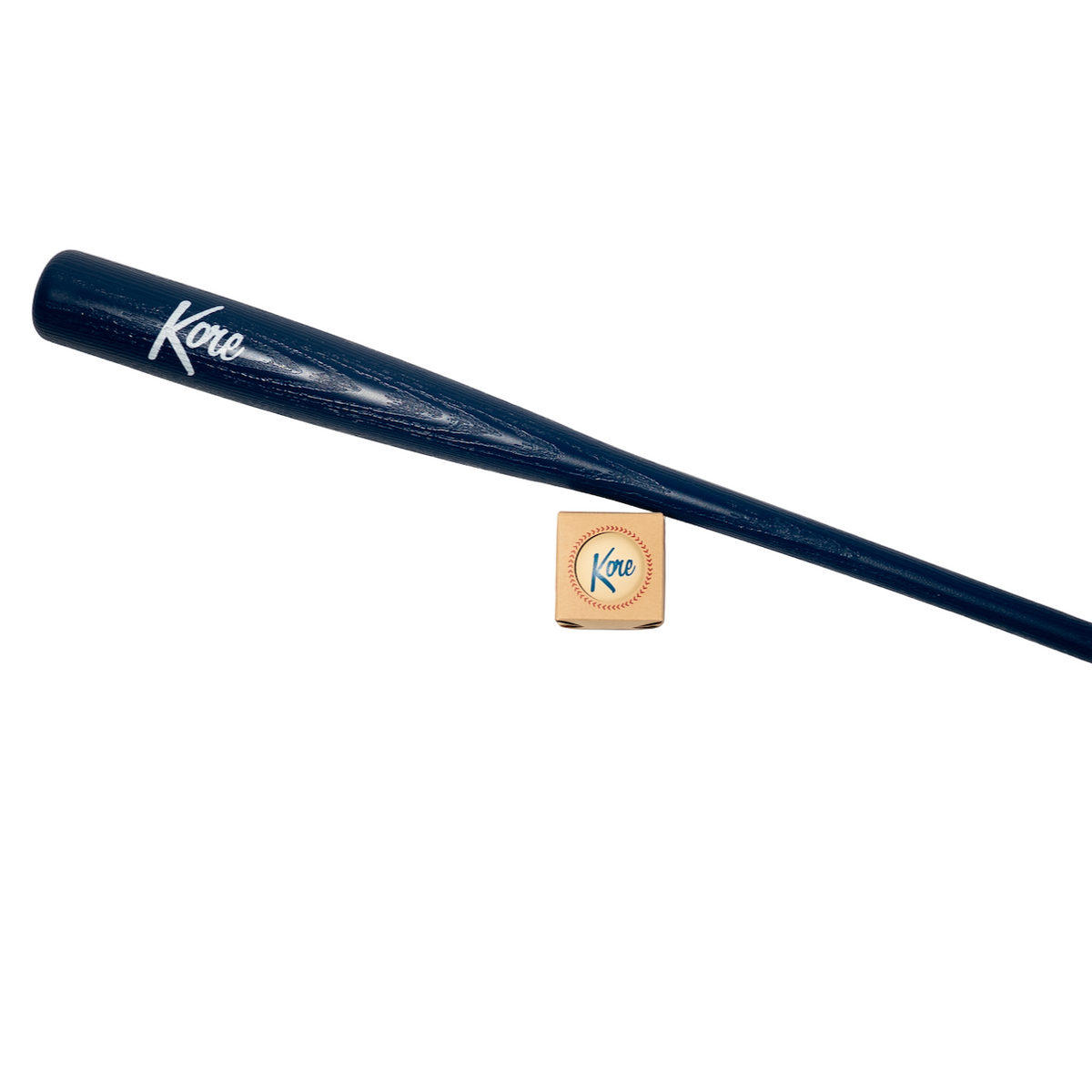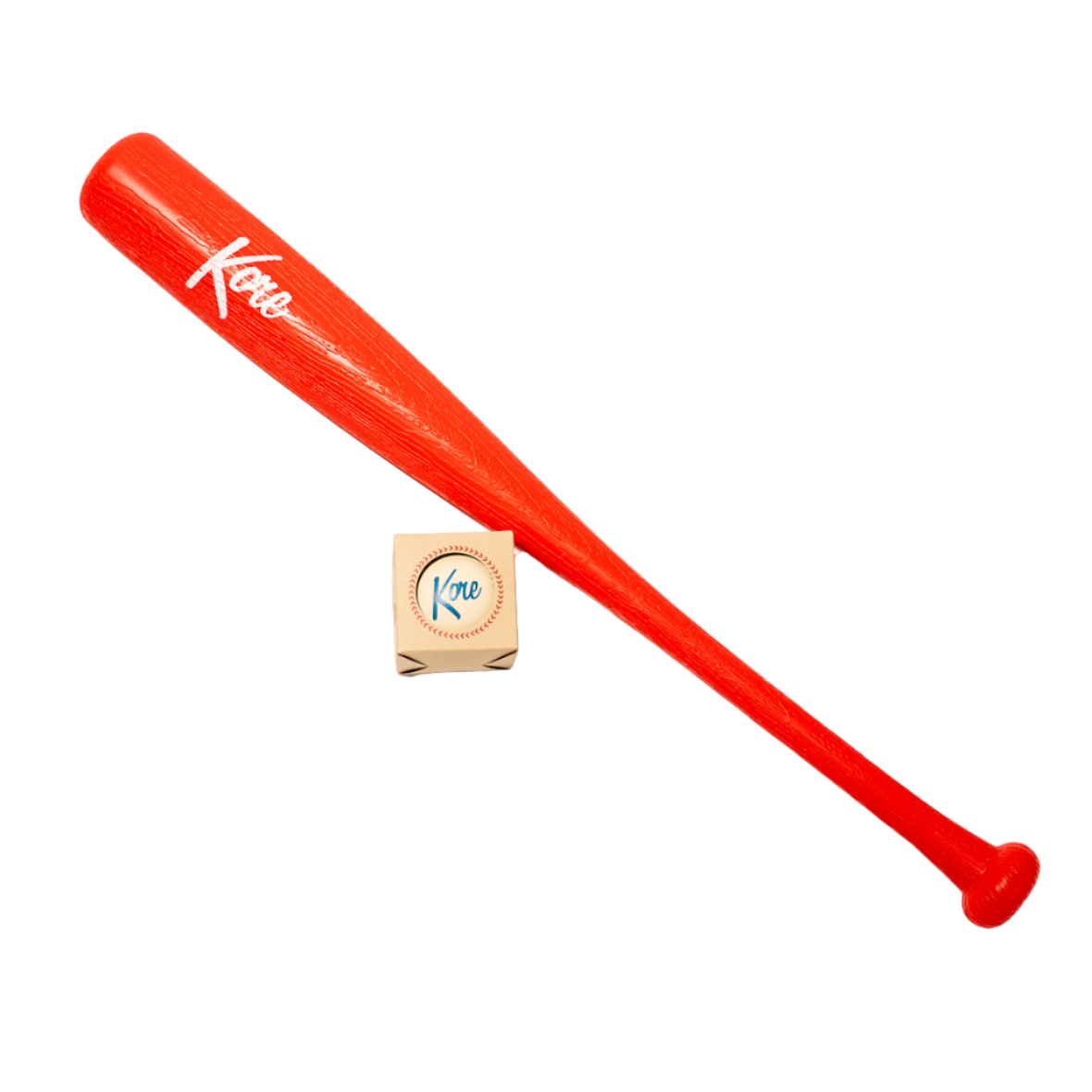How to Throw a Slider
The slider is one of the most devastating pitches in baseball. This breaking ball looks like a fastball coming out of the pitcher's hand, but then suddenly drops or slides across the zone. Throwing an effective slider requires learning proper grips, movement, and plenty of repetition. Follow these tips to develop your slider and keep hitters off balance.
Master the Basic Slider Grip
The first step to throwing a slider is learning how to hold the baseball. The most common slider grip uses the seams on a four seam fastball to generate downward break:
- Place your index and middle finger along the narrow seams of the baseball.
- Keep your thumb directly underneath the ball on the wide seam.
- Let the ball rest on the flat part of your thumb.
- Balance it lightly on your fingertips, not buried in your palm.
- Keep your wrist and elbow in tight against your body.
This creates more spin and command than a three finger slider grip. Experiment to find the specific placement that feels comfortable.
Stay Behind the Baseball
The arm motion of a slider mirrors a fastball. As you lift your leg to stride, keep your elbow up and the ball behind your head. Maintain the elbow above or slightly behind the shoulder - this keeps the hand on top of the ball and promotes downward movement.
As you drive towards the plate, whip your arm in a throwing motion but keep your wrist bent and stiff. Stay behind the ball as you release, snapping your wrist over the top. This top spin creates the break that makes the baseball slide as it approaches the plate.
Create Tilt with Your Wrist
The tilt of your wrist upon release gives the slider its downward break. Think of turning your wrist inward towards your body like pouring out a cup of water. This downward tilt imparts the spin that makes the baseball dive.
Too much tilt and the slider may unintentionally turn into a curveball. You want enough tilt to create sharp downward movement but not loop over the plate. Experiment during catch until you get a feel for the wrist pronation that makes the ball slice without curving.
Visualize Downward Movement
The slider break depends on visualizing the downward motion you want on the pitch. As you release the baseball, picture it moving almost straight down from the height of your release point.
Of course gravity will prevent it from literally moving straight down, but visualizing a more direct drop helps impart spin. Cue thoughts like "straight down" or "rip it" as you release your slider to improve break.
Follow Through to Your Arm Side
To finish the pitching motion, follow through towards your glove side. This ensures you fully rotate your shoulders and hips and snap your wrist upon release. Throwing hand follow through helps impart full top spin for maximum slider break.
Because the slider has arm side run in addition to downward slice, follow through towards that side of the plate. This completes the spinning motion to combine both move patterns.
Increase Speed Differential
An effective slider looks just like a fastball out of the hand before breaking late. Work on adding velocity to your fastball and decreasing slider speed to increase the differential.
Aim for your slider to be 8-12 MPH slower than your fastball. The closer in speed they are, the more deceptive and deadly the slider becomes. Developing this speed separation in your pitches keeps hitters from picking up spin differences too early.
Use It as a Strikeout Pitch
The slider is best utilized as a put-away strikeout pitch. Bury it low and away from opposite handed hitters when ahead in the count. Changing their eye level after fastballs up plays into the slider's downward break.
You can also backfoot the slider on the inner half to play off inside fastballs. When thrown correctly, an unhittable slider in the dirt provides one of pitching's most dominant whiff tools.
Develop Consistency
A truly great slider requires tremendous feel and consistency. To achieve reliable break and location, you need plenty of reps. Extend catch sessions by throwing more sliders. Aim for at least 25-30 in a row.
Using tools like weighted balls and towel drills in practice builds muscle memory. Refine your release point and spin so the break becomes second nature. With time, your slider consistency will rise.
Mastering the baseball slider takes patience and dedication. But once you learn proper grips, spin techniques, and strategic use, this nasty breaking pitch can be an unhittable force. Keep working on repeating your mechanics and you'll have hitters buckling at the knees.






